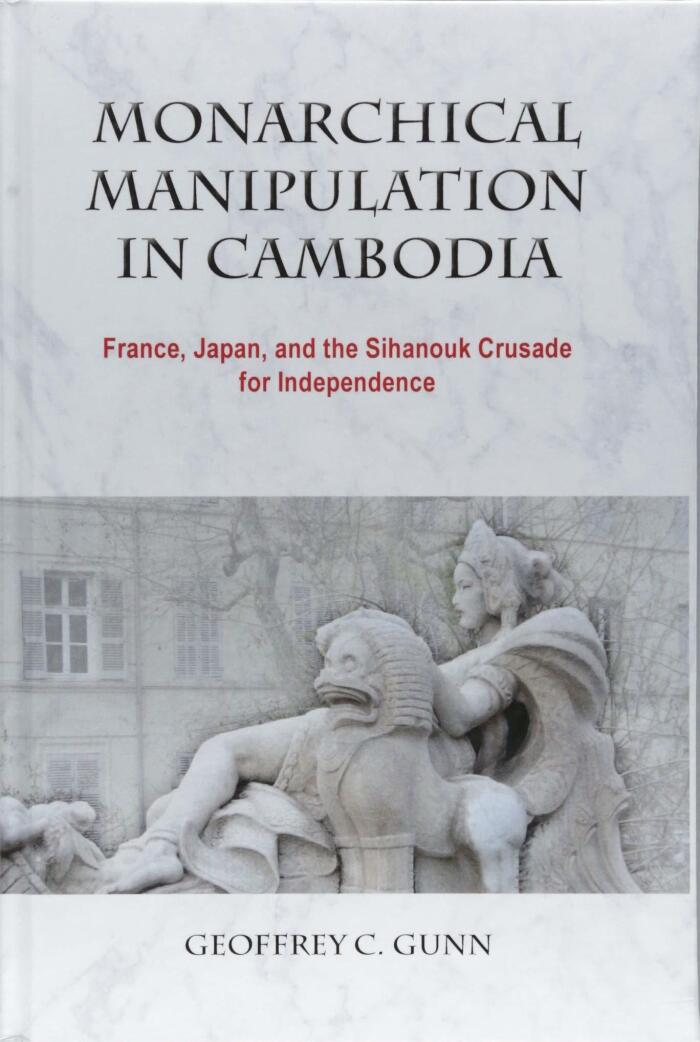
Monarchical Manipulation in Cambodia: France, Japan, and the Sihanouk Crusade for Independence
によって
Geoffrey C. Gunn
まだ評価がありません
Biography
Manga
形式
ペーパーバック
ページ数
521
言語
英語
公開されました
May 1, 2018
出版社
NIAS Press/Nordic Institute of Asian Studies
ISBN-10
8776942384
ISBN-13
9788776942380
説明
In recent Cambodian history, few figures loom as large as Norodom Sihanouk, whose complex legacy intertwines with the nation's quest for independence. Geoffrey C. Gunn meticulously explores Sihanouk's pivotal role amidst the political ambitions of France and Japan, highlighting how his maneuvering shaped Cambodia's fight for autonomy. The narrative delves into Sihanouk's strategies, revealing a leader who navigated treacherous waters in an era marked by colonialism and shifting alliances.
Gunn's examination not only provides insight into Sihanouk's leadership but also examines the broader geopolitical context of Southeast Asia during the mid-20th century. The interplay between local desires for self-determination and foreign influence creates a textured backdrop against which Sihanouk's personal and political ambitions unfolded. Through this lens, readers gain a deeper understanding of how historical narratives are often crafted through the tensions of power, resistance, and compromise.
Through detailed analysis and richly woven historical accounts, the work sheds light on the formidable challenges faced by Cambodia as it sought to forge its identity. Sihanouk emerges not just as a monarch but as a pivotal actor striving for a nation’s independence in a turbulent world, leaving a lasting imprint on Cambodia’s historical landscape.
Gunn's examination not only provides insight into Sihanouk's leadership but also examines the broader geopolitical context of Southeast Asia during the mid-20th century. The interplay between local desires for self-determination and foreign influence creates a textured backdrop against which Sihanouk's personal and political ambitions unfolded. Through this lens, readers gain a deeper understanding of how historical narratives are often crafted through the tensions of power, resistance, and compromise.
Through detailed analysis and richly woven historical accounts, the work sheds light on the formidable challenges faced by Cambodia as it sought to forge its identity. Sihanouk emerges not just as a monarch but as a pivotal actor striving for a nation’s independence in a turbulent world, leaving a lasting imprint on Cambodia’s historical landscape.